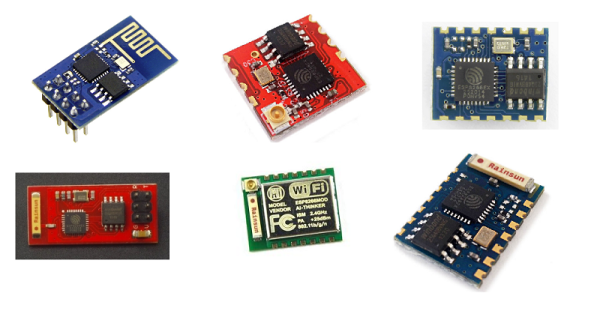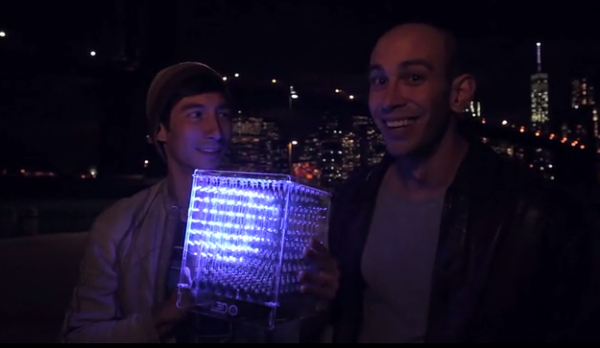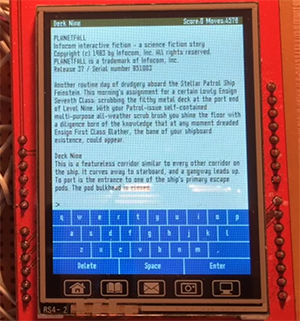Korg, everyone’s third or fourth favorite synth company, but one of the only ones that still in business, recently put out a new line of synths, drum machines, and groove boxes. They’re called Volcas, and they’re cheap, analog, and very cool. [Jason] has a few of these Volcas, and while he enjoys the small form factor, using an off-the-shelf mixer to dump send the audio from these machines to his computer takes up too much space. He created a passive mini mixer to replace his much larger Mackie unit.
The circuit for this tiny passive mixer is an exercise in simplicity, consisting of just a few jacks, pots, and resistors. [Jason] overbuilt this; even though the Volcas only have mono out, he wired the entire mixer up for stereo.
The enclosure – something that looks to be a standard Hammond die cast aluminum enclosure – was drilled out, and a lovely laser cut acrylic laminate placed on top. It looks great, and for anyone interested in learning soldering, you couldn’t come up with a better first project.






 The circuit is constructed with a $10 eBay special FPGA, the Cyclone II EP2C5. Other than that, it’s just some Flash, some RAM, a display, and a whole lot of wire.
The circuit is constructed with a $10 eBay special FPGA, the Cyclone II EP2C5. Other than that, it’s just some Flash, some RAM, a display, and a whole lot of wire. 











